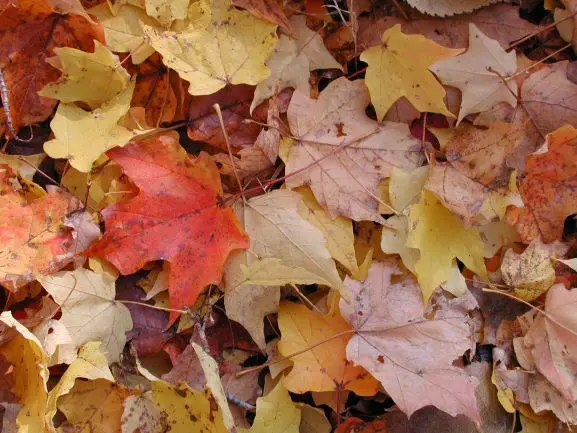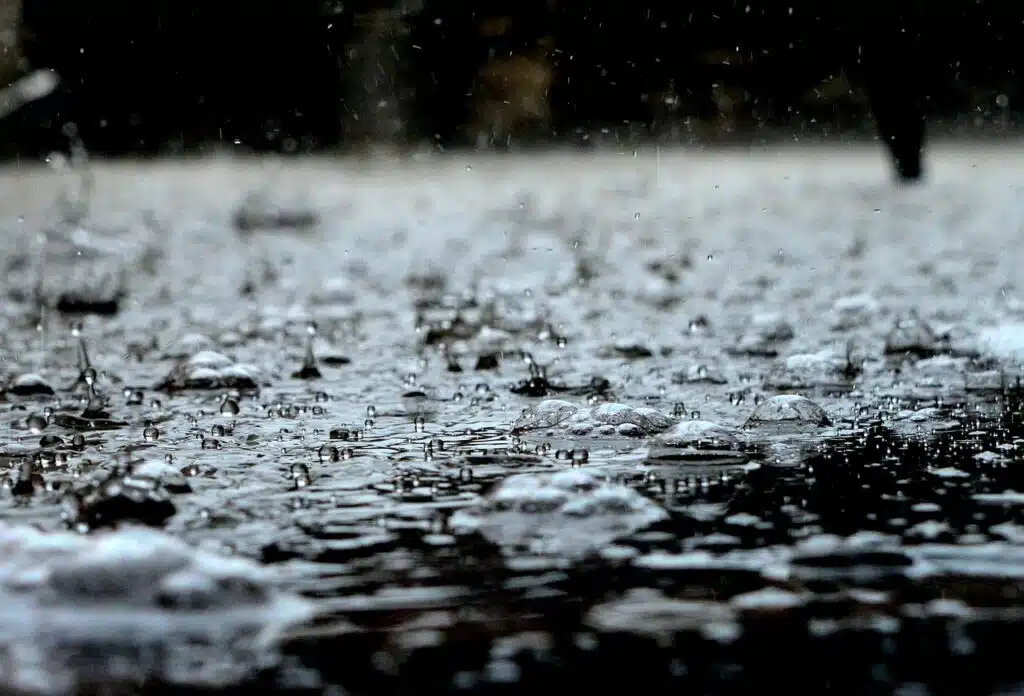Have you ever noticed that your joint pain seems to worsen when the weather changes? You’re not alone. Nearly 2/3 of people with chronic joint conditions experience an increase in symptoms when it is damp/rainy and/or during cold weather. In this article, we’ll explore how different types of weather and changes in temperature, humidity, and barometric pressure can impact your joints and what you can do to manage the pain.
Who is more likely to be Weather Sensitive?
For people to have weather sensitivity, there needs to be some other type of problem with a joint like a prior injury or progressing arthritis. Women with arthritis appear to be more prone to weather sensitivity than men with arthritis. Anxiety seems to play a role as well for those with chronic joint pain as people with higher levels of anxiety were more likely to be sensitive to weather changes than those with lower anxiety levels. Participants from warmer regions were more prone to identify themselves as being affected by the weather when contrasted with individuals from colder northern areas.
On a different note, higher levels of air pollution can also affect pain levels.

How can temperature changes can impact joint pain?
Cold weather seems to increase joint pain in individuals who are sensitive to it. Weather-sensitive people tend to have more pain with weather changes when living in places that are warm and dry compared to places that are cold and wet.
Many studies show correlation, but actual proof of causation is elusive. It is thought that when the temperature or humidity changes, it can make tissues in your joint expand or shrink, which might make it hurt. Also, when it’s really cold, the joint fluid might get thicker, making your joints stiffer and possibly more sensitive to pain when moving around. Moreover, colder temperatures also constrict blood vessels which reduces blood flow, increases heat loss, and worsens discomfort.
Another idea is that the weather can change how people feel, which might make them feel pain differently, but research does not seem to back that up.

Barometric Pressure and Joint Discomfort
Barometric pressure is the pressure of the air, which is the weight of the air pressing down on us. It can impact joint pain because it can affect how our joints expand and contract. When the barometric pressure changes, like before a storm, it can cause the tissues in our joints to swell or shrink slightly. This expansion and contraction can trigger pain in people with joint conditions like arthritis, as it puts pressure on sensitive nerve endings. So, when the pressure drops before bad weather, it may lead to increased joint pain.
Gloomy Rainy Days and Your Pain
Dreary, rainy days can have a significant effect on those with arthritis, leading to increased joint pain and discomfort. Some days it seems to rain all day long, but it is not a hard rain. These days are associated with low-pressure systems whereas thunderstorms are associated with high-pressure systems. When barometric pressure falls, joints tend to swell, causing a compressive effect on joints and nerves, often causing stiffness and inflammation. These tend to be hard days in the office because people tend to have worse pain on these days.
Another issue is that most people tend to move less when it’s raining, which can result in reduced mobility and further worsening of joint pain. For a variety of reasons, movement tends to lubricate the joints, stimulate the brain, and decrease pain, so a lack of movement might leave you feeling stiffer.

Managing Weather-Related Joint Pain
Although there is no way to control the weather, there are some things you can do to manage joint pain from osteoarthritis related to changes in temperature and humidity. These recommendations would not apply to inflammatory diseases, such as rheumatoid or psoriatic arthritis.
One of the best ways to cope with joint discomfort during a weather change is to dress appropriately for the temperature. Layering clothing allows for easier control of your temperature. Heating joints with hot packs and heating pads have been a well-known treatment for years for chronic joint pain. Additionally, warm baths and hot compresses can help soothe aching joints and reduce inflammation. Paraffin baths can be wonderful things for people with osteoarthritis of the hands and fingers.
Fortunately, there are some steps you can take to minimize the impact of rain on your joint discomfort. Taking time to exercise or stretch indoors is a great way to remain active during rainy days without risking injury. Corrective exercises and cold laser therapy can help decrease pain. If you have certain types of arthritis, treatment may be available to modify your pain to make the weather less of a factor. Available treatments may include chiropractic adjustments, Graston Technique, cold laser therapy, cupping therapy and moxibustion.
While there may not be a way to control the weather, understanding how temperature and atmospheric changes affect your condition can help you manage your discomfort more effectively.
Warm Summer Days…
While they do happen so fast, they can also make it harder for people with arthritis. Joints can swell up and hurt more and people might even have trouble moving around as much. To help, one should wear the right clothes for the weather and try to stay active indoors, if needed. Taking warm baths or using hot compresses can also help reduce inflammation and provide relief from joint pain. Additionally, people should drink lots of water to stay hydrated and avoid any extended periods of direct sunlight. Swollen joints might also benefit from treatments including Voodoo Flossing.
Overall, understanding how different types of weather affect your condition is key in managing joint pain associated with chronic conditions like arthritis. With the right treatment and lifestyle adjustments, it is possible to make living with joint pain more bearable.

What about Sweltering Heat?
High temperatures are known to cause increased joint pain, especially in people with arthritis. This is often from increases in humidity instead of increased temperature. Furthermore, when it is hot outside people tend to move less, which increases their risk of injury and worsens joint pain. Additionally, they should drink lots of water to stay hydrated and avoid any extended periods of direct sunlight.
By following these tips and developing a better understanding of how weather changes can affect joint pain, people with arthritis and other chronic conditions can manage their joint discomfort more effectively. With the right treatment and lifestyle adjustments, it is possible to make living with joint pain more bearable.
The key to managing joint pain caused by weather is to take all the necessary precautions and adjust your lifestyle accordingly. With a bit of effort, you can reduce or even prevent any weather-related joint discomfort.
Conclusion
To summarize, weather can have a significant impact on joint pain, particularly for those with chronic joint conditions like arthritis. Various factors, including temperature, humidity, and barometric pressure, play a role in affecting joint discomfort. To manage this pain, dressing appropriately, using hot packs, and taking warm baths can help. Chiropractic care for affected joints can also help. Understanding how weather affects your condition and making lifestyle adjustments can help individuals with arthritis and other chronic conditions effectively manage joint discomfort. With the right treatments and precautions, living with weather-related joint pain can be more bearable.

